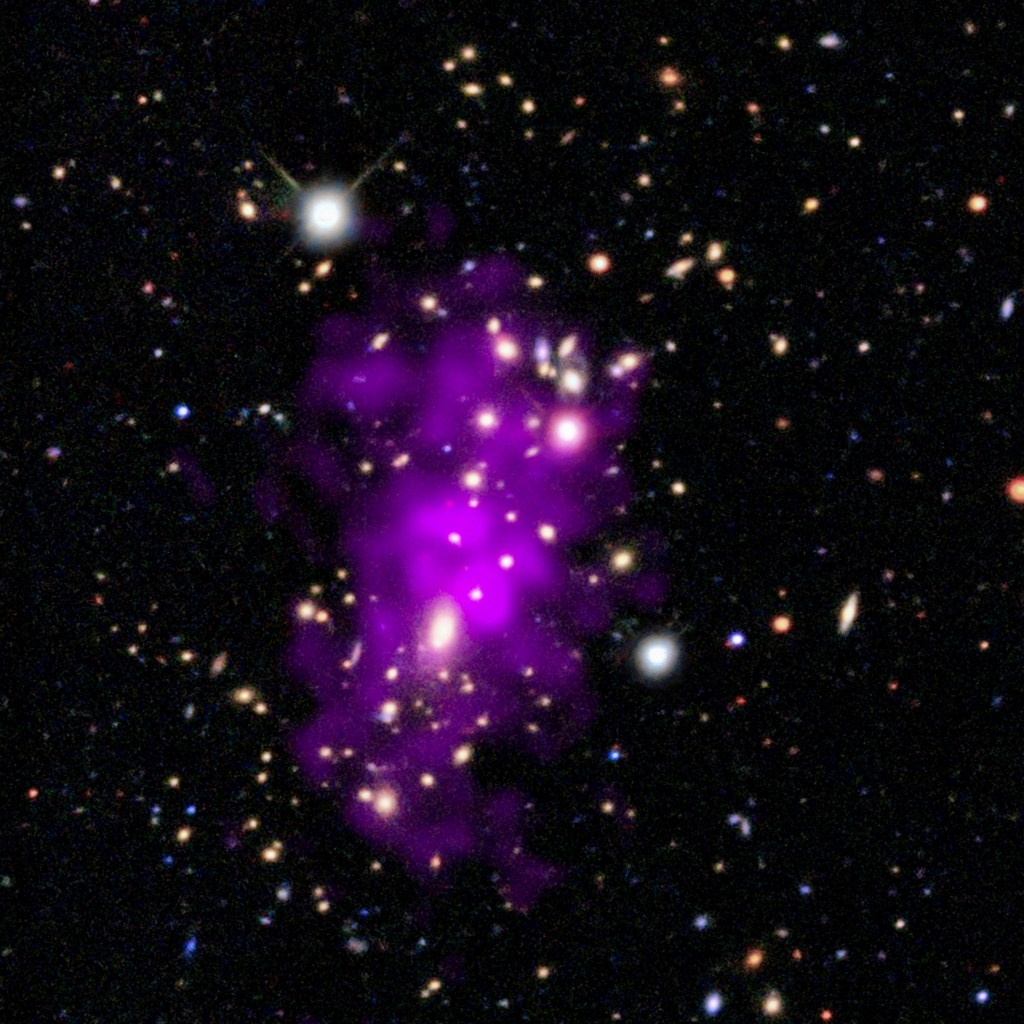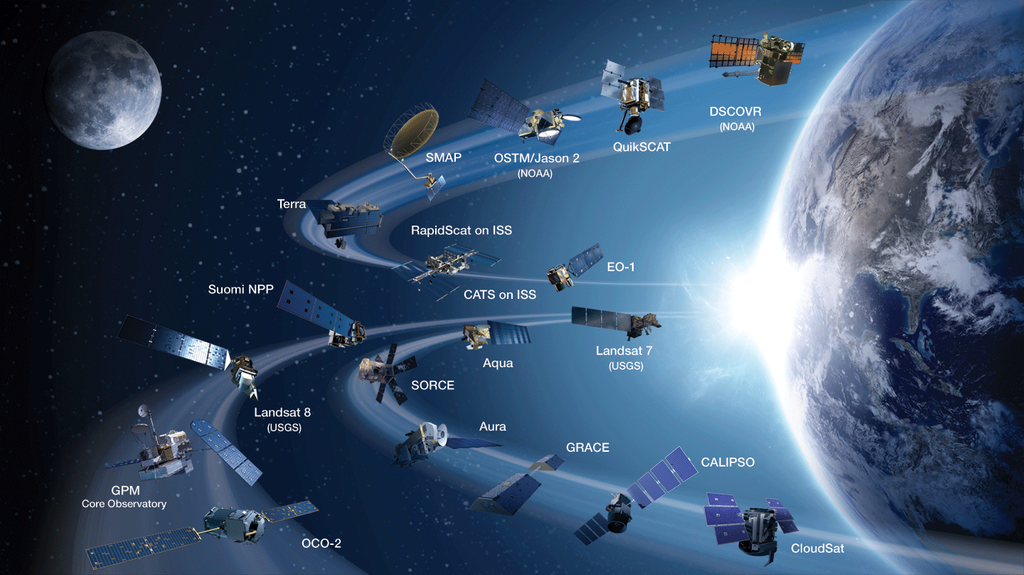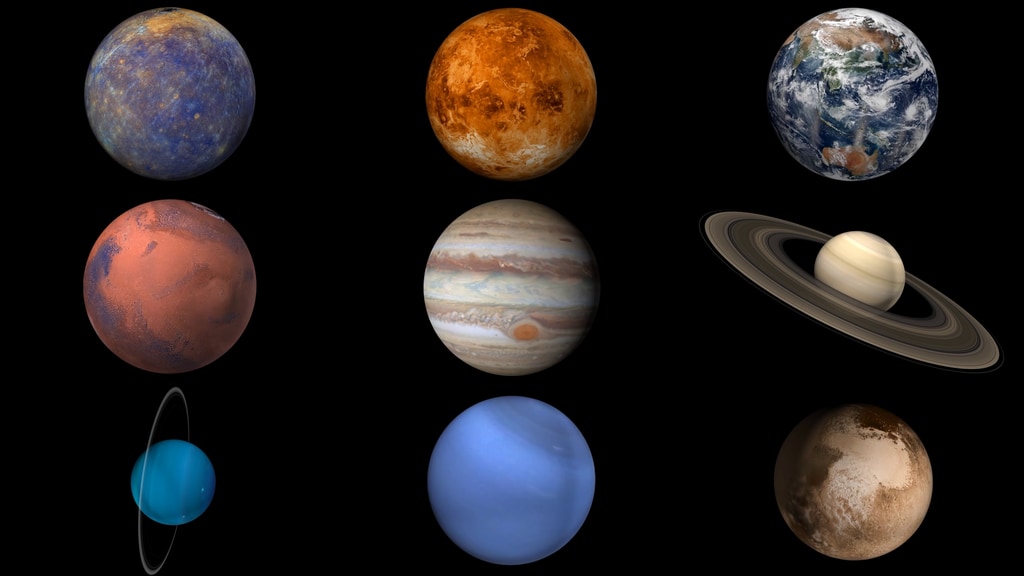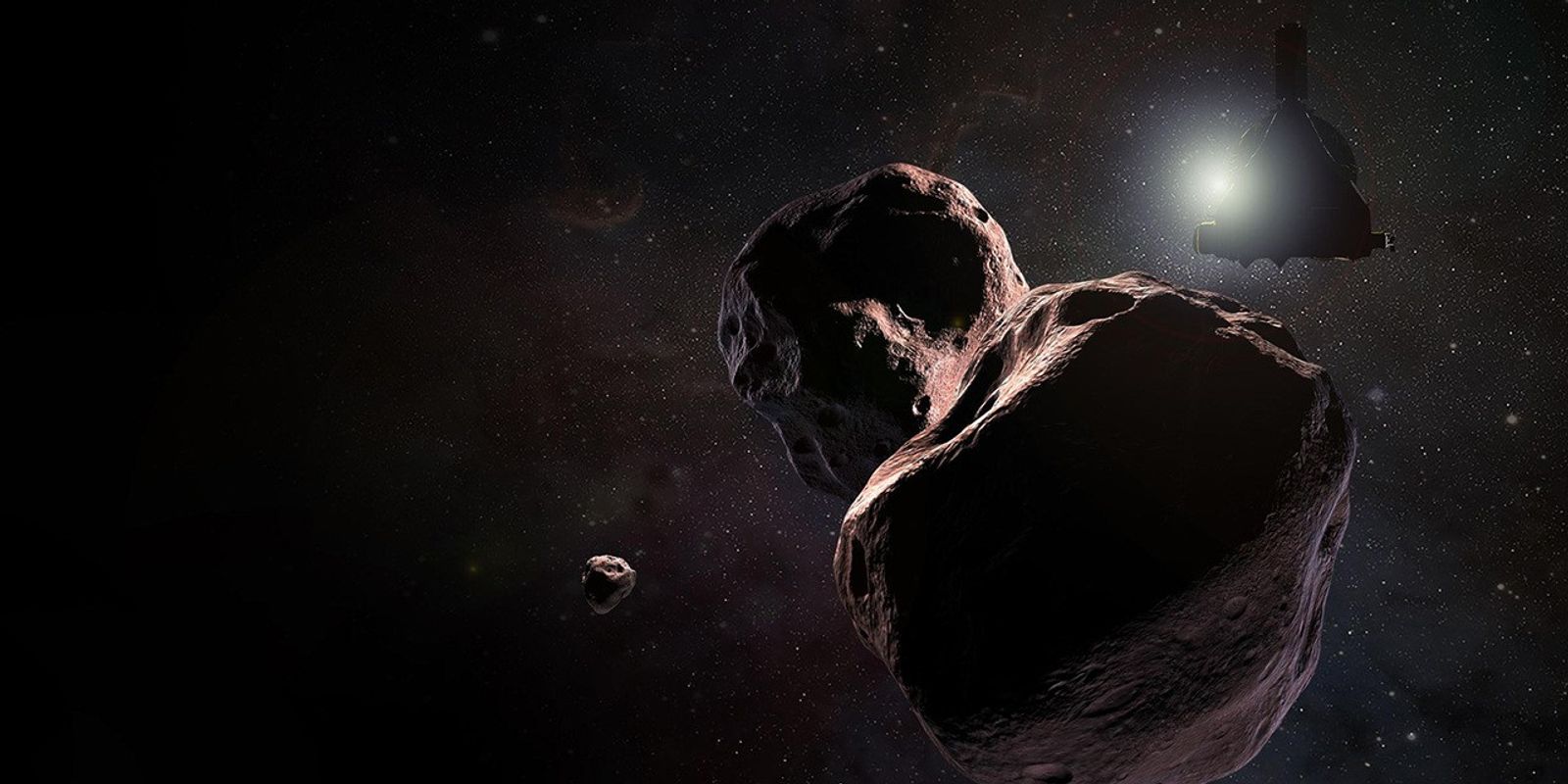
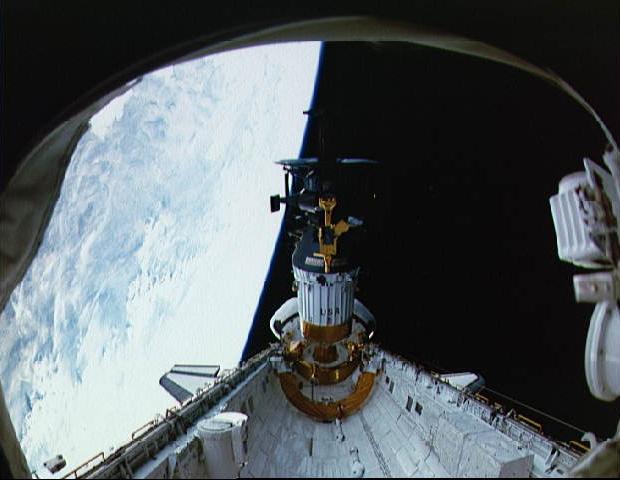
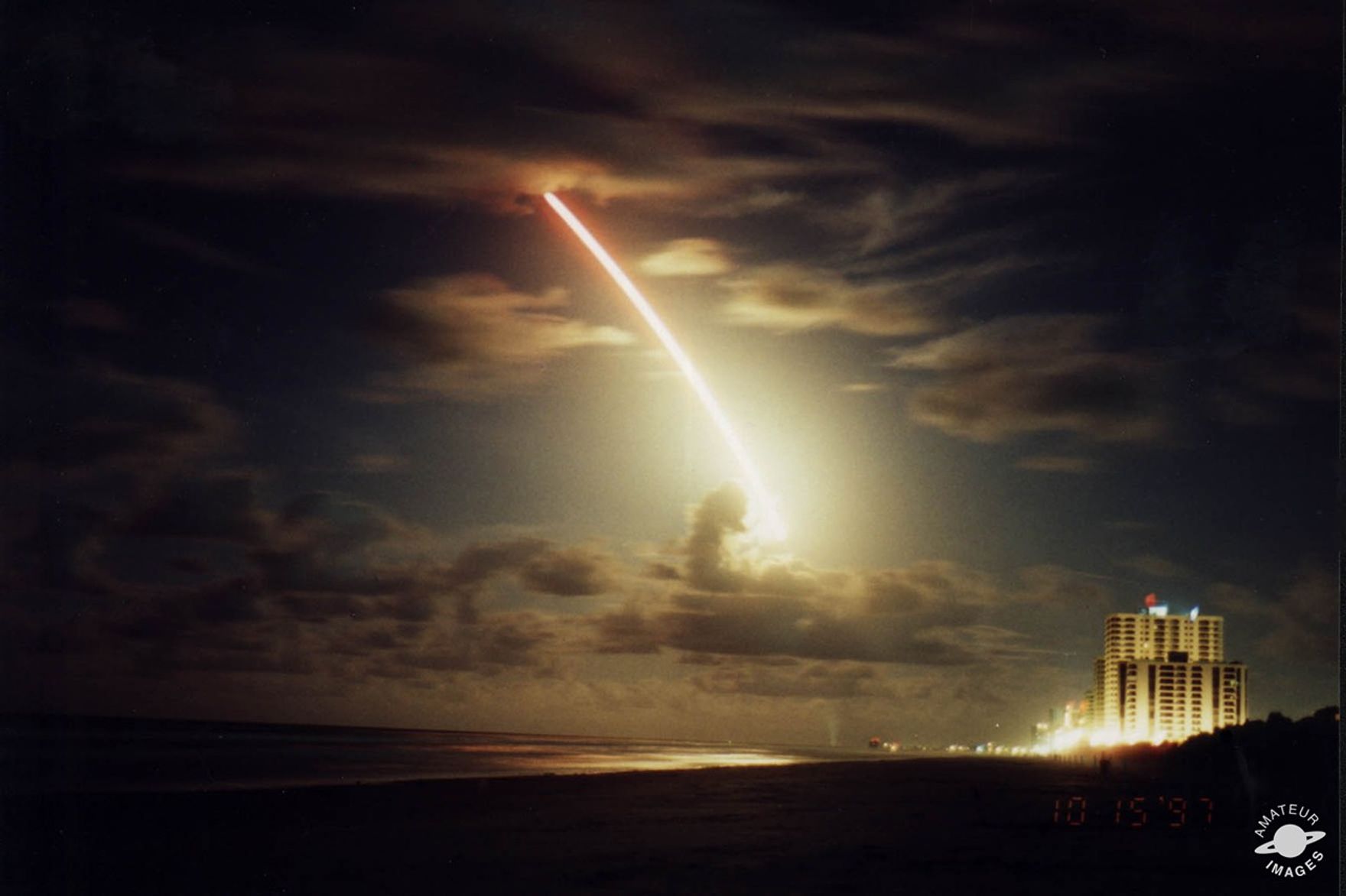
Callisto Exploration
Callisto and Jupiter’s three other largest moons were discovered in 1610 by Italian scientist Galileo Galilei. Almost 400 years later, a spacecraft bearing his name—the Galileo orbiter—began the first in depth study of the Jovian system, including Callisto and its sister moons. Galileo orbited Jupiter until the mission ended in 2003. Since then, several NASA spacecraft, including Cassini and New Horizons, have studied the moon, taking images of its surface and gathering other data.
Missions to Callisto
Active Missions

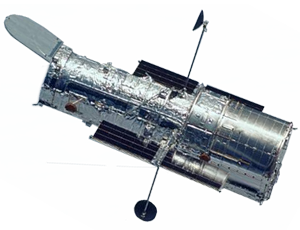
Hubble Space Telescope
Launch Date: April 24, 1990. Hubble provides deep views of most of the planets in our solar system, and distant galaxies and stars.

Voyager 1
Launch Date: Sept. 5, 1977. Voyager 1 successfully flew by both the Jupiter and Saturn systems before continuing out into the farthest most reaches of our solar system.
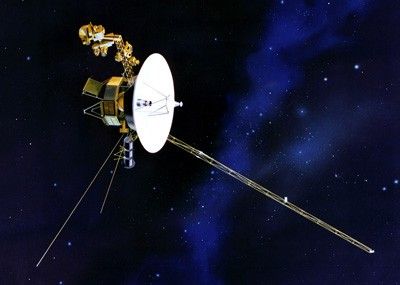
Voyager 2
Launch Date: Aug. 20, 1977. Voyager 2 is the only spacecraft to study all four of the solar system's giant planets at close range.
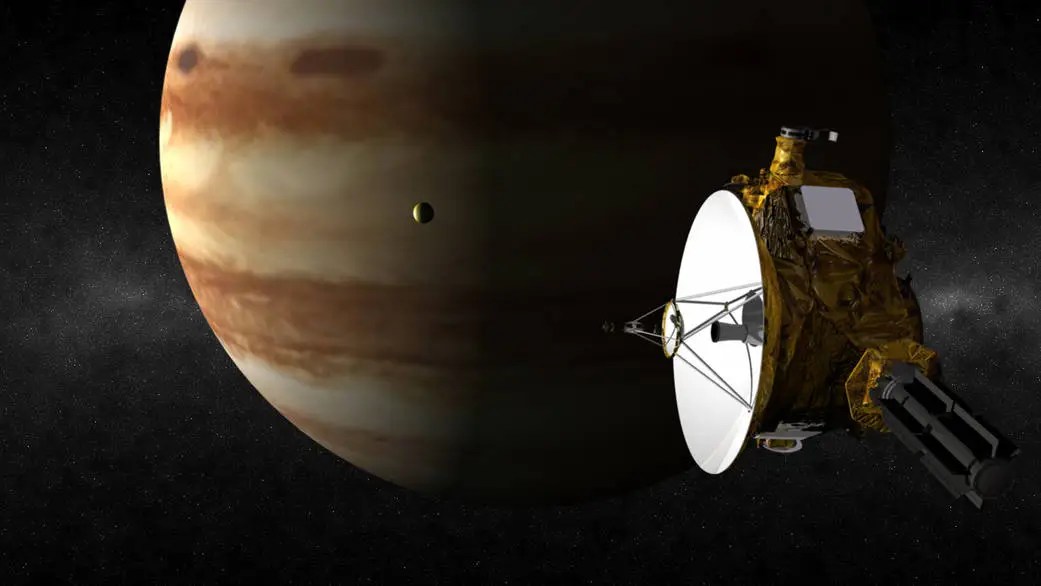
New Horizons
New Horizons captured images of Callisto as the spacecraft flew past Jupiter in late February. New Horizons' closest approach distance to Jupiter was 1.4 million miles (2.3 million kilometers).
Past Missions
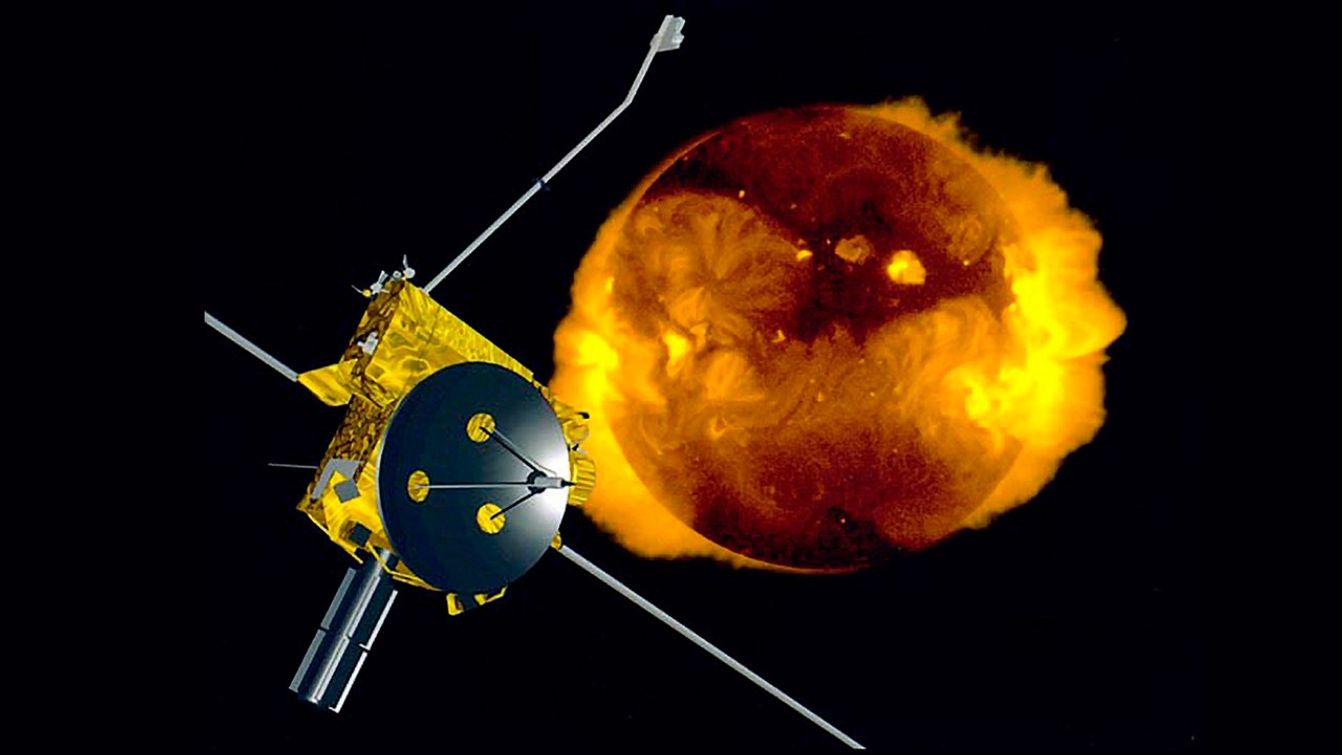
Ulysses
Launch Date: October 6, 1990. Ulysses was the first spacecraft to explore the Sun from a unique polar orbit.

Galileo
Launch Date: October 18, 1989. Galileo was designed to make the first study of Jupiter and its moons and magnetosphere from orbit. The orbiter carried 10 science instruments and a atmospheric probe.

Galileo Jupiter Atmospheric Probe
Launch Date: October 18, 1989. The Galileo spacecraft and probe traveled as one for almost six years. In July 1995, the probe was released to begin a solo flight into Jupiter.
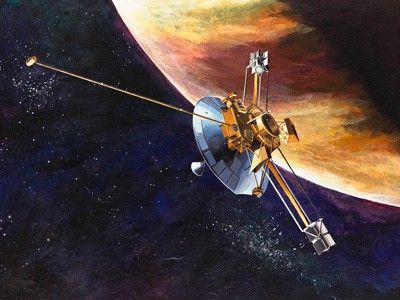
Pioneer 10
Launch Date: March 3, 1972. Pioneer 10, the first NASA mission to the outer planets













